5. Mean Streets (1973)
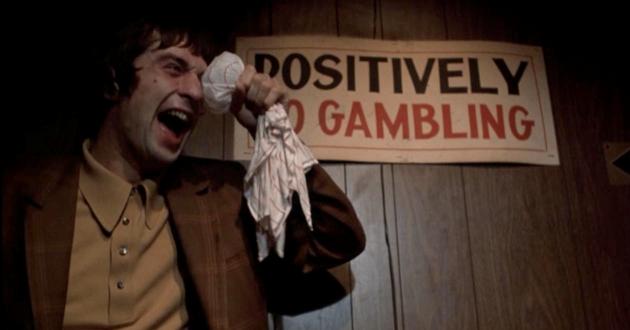
Given the way both careers have worked out, it’s tempting to view the first Scorsese-De Niro link-up as lightweight work; a mere footnote in their lasting partnership that simply set the template for the masterpieces that were to come.
While revisiting the film exactly half a century later, though, it’s a delight to discover that no dust has settled, which is to say that “Mean Streets” is and always will be the quintessential Scorsese-De Niro text: a brutally honest, lacerating portrait of life in the margins rooted in their adolescent experiences in Little Italy that is most significant for setting both artist’s careers in motion and introducing many future hallmarks that would pop up again in their work.
De Niro chews up the scenery as soon as he pops on the screen as John “Johnny Boy” Civello, a reckless two-bit crook addicted to trouble who keeps pushing his luck and collecting an ever-growing black hole of mounting debts that ultimately puts his best friend’s loyalty to test. Shot in a paltry $500,000 budget, this urgently humane deep dive into the restless urban underworld Scorsese grew up in almost instantly sealed his place as one of Hollywood’s preeminent auteurs and is today regarded as a landmark achievement of the 1970s.
4. The King of Comedy (1982)
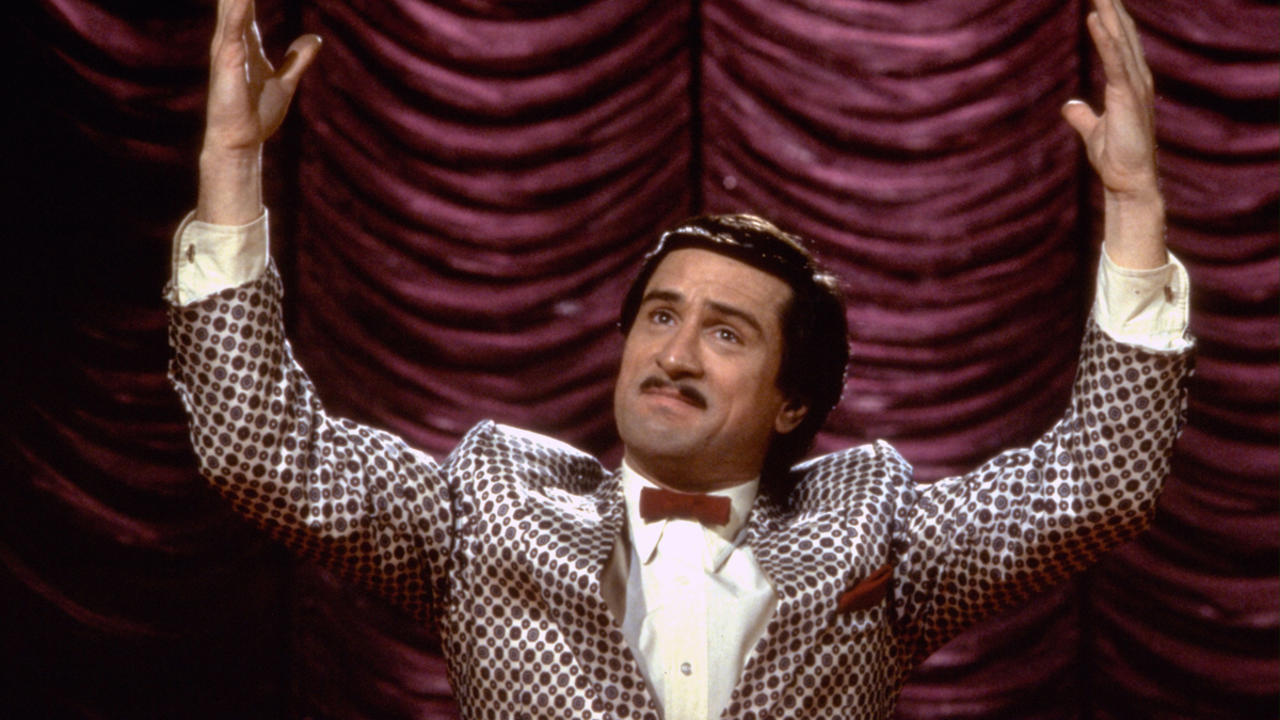
For better or worse, time has been more than kind to Scorsese’s pitch-black comedy, a saw-edged commentary on celebrity culture that was misunderstood and unceremoniously swept under rug at the time before slowly being reappraised as a prescient masterpiece that anticipated the media obsessed culture that has become ever so prevalent in our new age.
De Niro virtually disappears into the role of Rupert Pupkin, a talentless schmuck and wannabe comedian who craves nothing more than to have his 15 minutes of television fame. He will stop at nothing to be in the spotlight and get his lucky break in showbiz, even if it means stalking and kidnapping his idol and popular late-night talk show host Jerry Langford (Jerry Lewis). Moments in the film that were once supposed to evoke laughter or pity take on a whole other meaning forty years on, in a moment in time where fame-seeking pick-up artists and red-pilled influencers have not only become prominent but permeate all social media.
3. Raging Bull (1980)
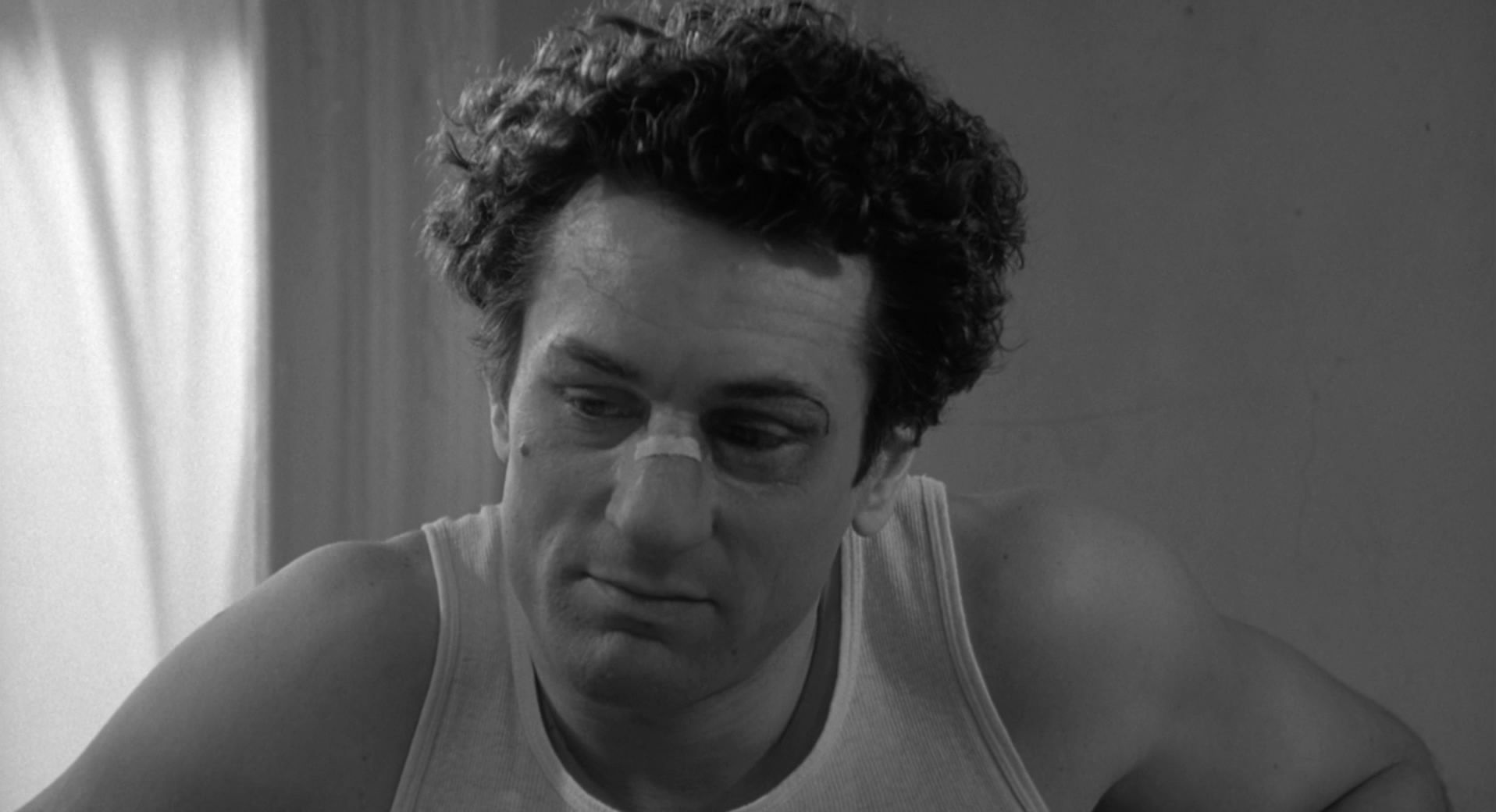
Martin Scorsese was going through a rough patch following the troubled production of “New York, New York” when his loyal stalwart and long-time pal De Niro approached him with an idea for what would become their fourth collaboration: a character study that would trace the high and lows of Italian American middleweight champ Jake LaMotta.
Unless you’ve been living under a rock, you’ve most likely heard of De Niro’s drastic 60-pound weight gain for his second Oscar-winning role, which the actor achieved over the course of four months in order to play the out-of-shape former boxing champ in the third act of the film. But “Raging Bull” endures not because of small bits of trivia but rather its unwavering commitment to exploring the dark interiors of La Motta’s soul, a caged beast burning with rage who ends up sabotaging his life both in and outside the ring with his self-immolating machismo.
2. GoodFellas (1990)
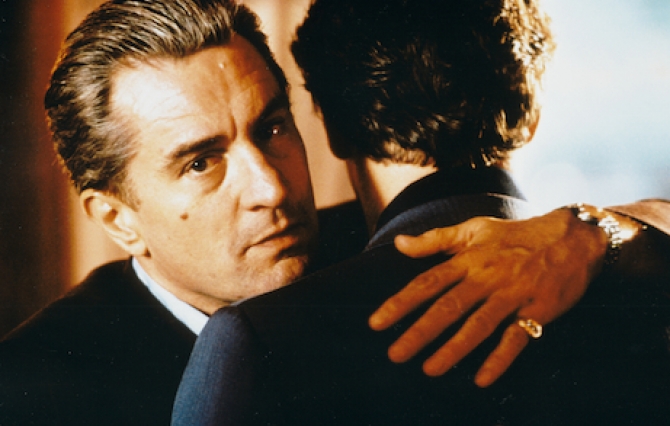
What makes “Goodfellas” really stand out in the Mob-flick canon is that it obviously understands the intoxicating allure of the hedonistic lifestyle the likes of Henry Hill, Jimmy Conway, and Paul Cicero lead while simultaneously being repulsed by everything these wise guys stand for.
Scorsese reels audiences in with a two-and-a-half-hour madcap ride of excess that guides them through an exciting world of glitz and glamor — one in which characters are as likely to be discussing the essence of a good tomato sauce over some cocktails at the Copacabana nightclub as they are of driving upstate to dig up a body they thought was safely disposed of — before arriving at the conclusion that crime doesn’t pay.
The interplay between family and mob life; camaraderie and betrayal; the sacred and the profane, and the steep price of running afoul of the law cuts to the very heart of the film and gets to the chore of the many dichotomies that run throughout Scorsese’s body of work. De Niro may be playing second fiddle to Ray Liotta here, but he wins big points for running away with the coolest shot in the entire film, where the camera closes in on Jimmy smoking a cig in slow motion to “Sunshine of Your Love” in the background. Movies simply don’t get any cooler than that.
1. Taxi Driver (1976)
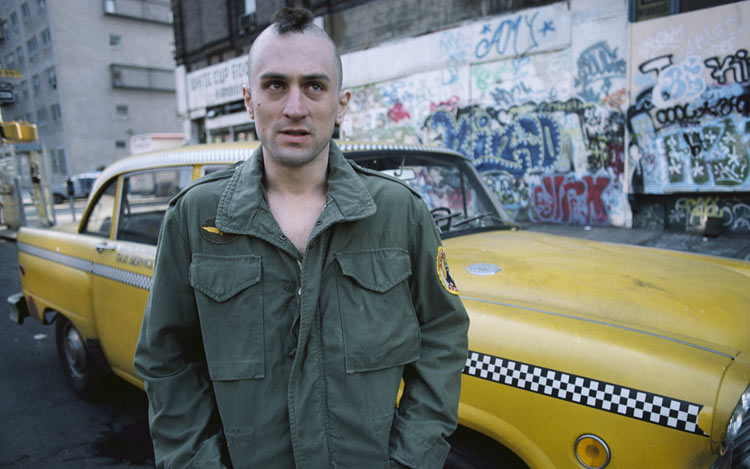
Alienated late-night cabbie Travis Bickle remains the character that defines Robert De Niro’s cinematic legacy and the central reference point for his creative marriage with Martin Scorsese, and with good reason. Taken as a whole, “Taxi Driver” is their closest brush with perfection — a work of art that couldn’t exist without one, just as it couldn’t exist without the other.
You’d think that after embedding itself so richly in the popular imagination, with a sizeable subset of impressionable young cinephiles and disenfranchised men having built an entire mythology around the movie and contemporary comic-book adaptations liberally pilfering ideas from it, that time might have already began to soften its rougher edges. But as multiple, enriching revisits reveal, “Taxi Driver” feels as radical, revolting, and essential viewing today as ever.
The fact that it has lost none of its foothold in the public consciousness obviously has a lot to do with De Niro’s mercurial, live wire performance as Bickle, a mentally-ill Vietnam vet and self-appointed vigilante who roams through New York’s neon-soaked urban hellscape with a violent rage boiling underneath as if stuck in some kind of spiritual purgatory. Even in a decade when the actor scored big with “Mean Streets”, “The Godfather: Part II” and “The Deer Hunter”, this was his personal best.